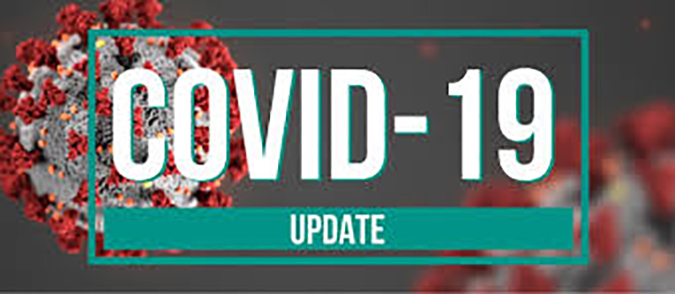Governor also signs executive orderINDIANAPOLIS — Governor Eric J. Holcomb today signed an executive order and detailed Indiana’s plan for the anticipated spike in COVID-19 cases. To see a copy of the executive order, click here: https://www.in.gov/gov/2384.htm
“We see a surge coming and we’re calling in the reinforcements, bolstering Indiana’s capacity to provide additional health care services during this emergency,” said Gov. Eric J. Holcomb. “By eliminating licensing barriers and tapping in to the available talent pool of healthcare workers, Hoosiers are staffing up and stepping up to meet this challenge head-on.”
The executive order allows the following professionals who do not currently hold an active license to practice:
· medical professionals who retired or became inactive in the last five years
· medical professionals who hold licenses in other states
· medical professionals who held licenses in other states and retired or became inactive in the last five years
· certain medical students and graduates
These professionals must register with the Indiana Professional Licensing Agency via their website at www.in.gov/pla. These professionals will be able to assist in screenings, telemedicine and other basic procedures to allow regularly licensed medical professionals to be on the frontline.
In Indiana, the baseline number of critical care hospital beds is 1,432. As of Monday, hospitals have already taken steps to increase the number of critical care hospital beds to 1,940. Overall, the state’s plan is to double the number, if needed, by taking existing noncritical care hospital beds, recovery rooms, operating rooms and outpatient facilities, turning them into critical care hospital beds.
In Indiana, the baseline number of ventilators is 1,177 ventilators. As of Monday, hospitals have identified another 750 ventilators that can be used for critical care patients. Overall, the state’s plan is to double the number, if needed, by repurposing ventilators from operating rooms, ambulatory care centers, EMS and the Indiana National Guard.
Additionally, the surge plan calls for moving less critical patients to alternate facilities including neighborhood hospitals, medical clinics and state-owned hospitals, such as unopened floors at the NeuroDiagnostic Institute hospital in Indianapolis and the Richmond State Hospital.
If needed, after all of these steps are exhausted, Indiana will be prepared to put patients in alternative facilities. The Indiana National Guard and Department of Homeland Security, in conjunction with FEMA, are in charge of these plans. The state of Indiana has been working on plans related to COVID-19 since January, and each hospital has a disaster plan in place. Planning has become more specific for state health and hospital officials as models of the projected impact of coronavirus became available. Based on those models, Indiana’s patient surge is expected to begin soon and the peak is expected to be mid-April to mid-May.
Attached are the graphics used in Monday’s press conference.
Click here to download public service announcements (PSAs) recorded by the state for your use: https://www.dropbox.com/sh/egf210ognxxyx4h/AADYd7E-tBn7P6gtiLSZUiVBa?dl=0
More information may be found at the ISDH website at coronavirus.in.gov and the CDC website at https://www.cdc.gov/coronavirus/2019-ncov/index.html.






